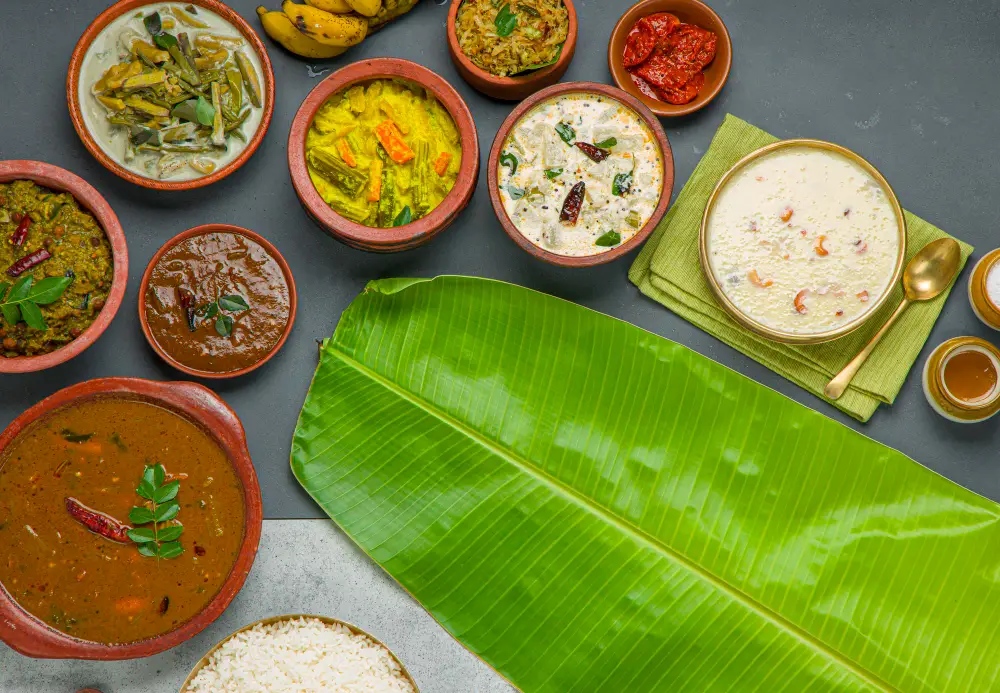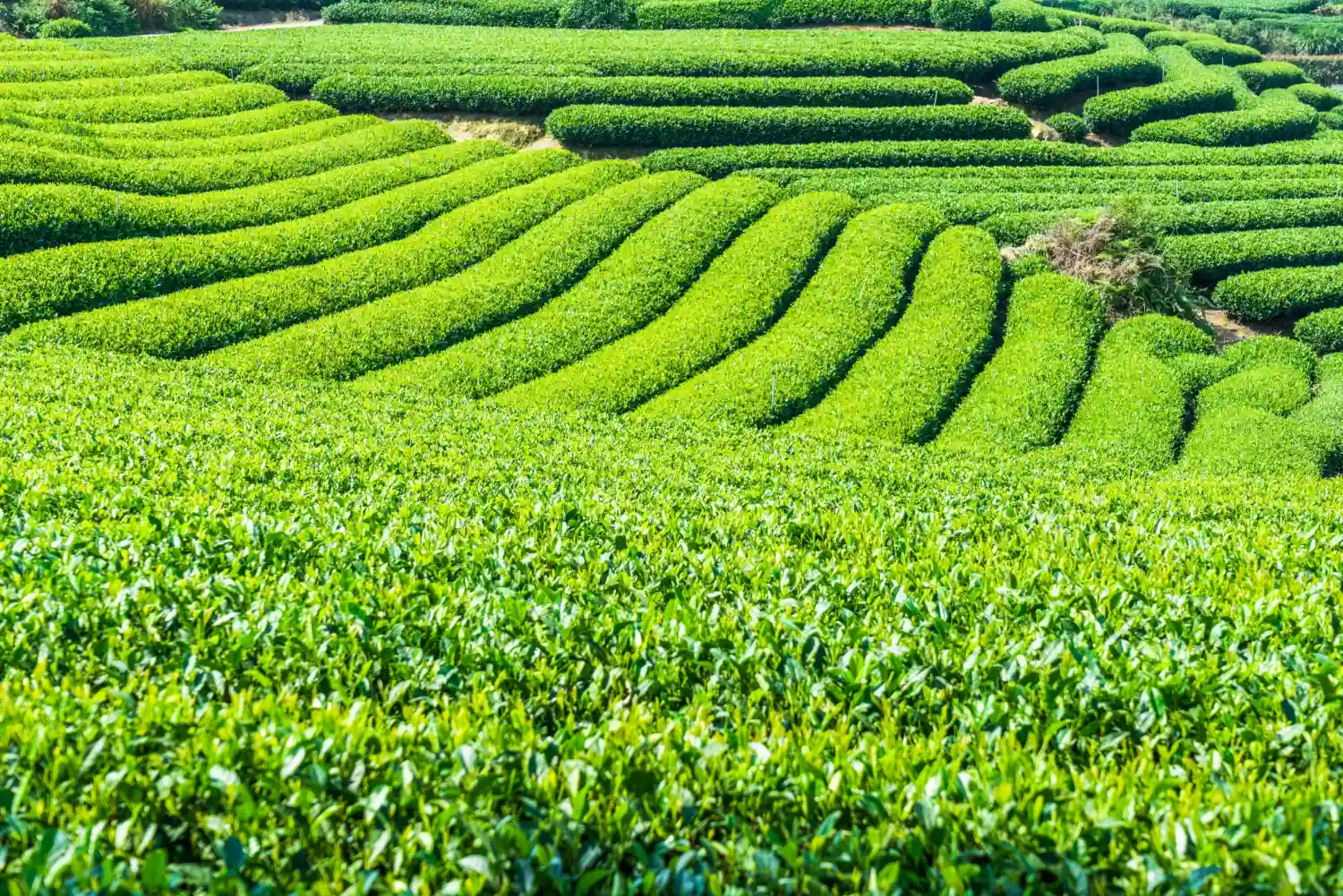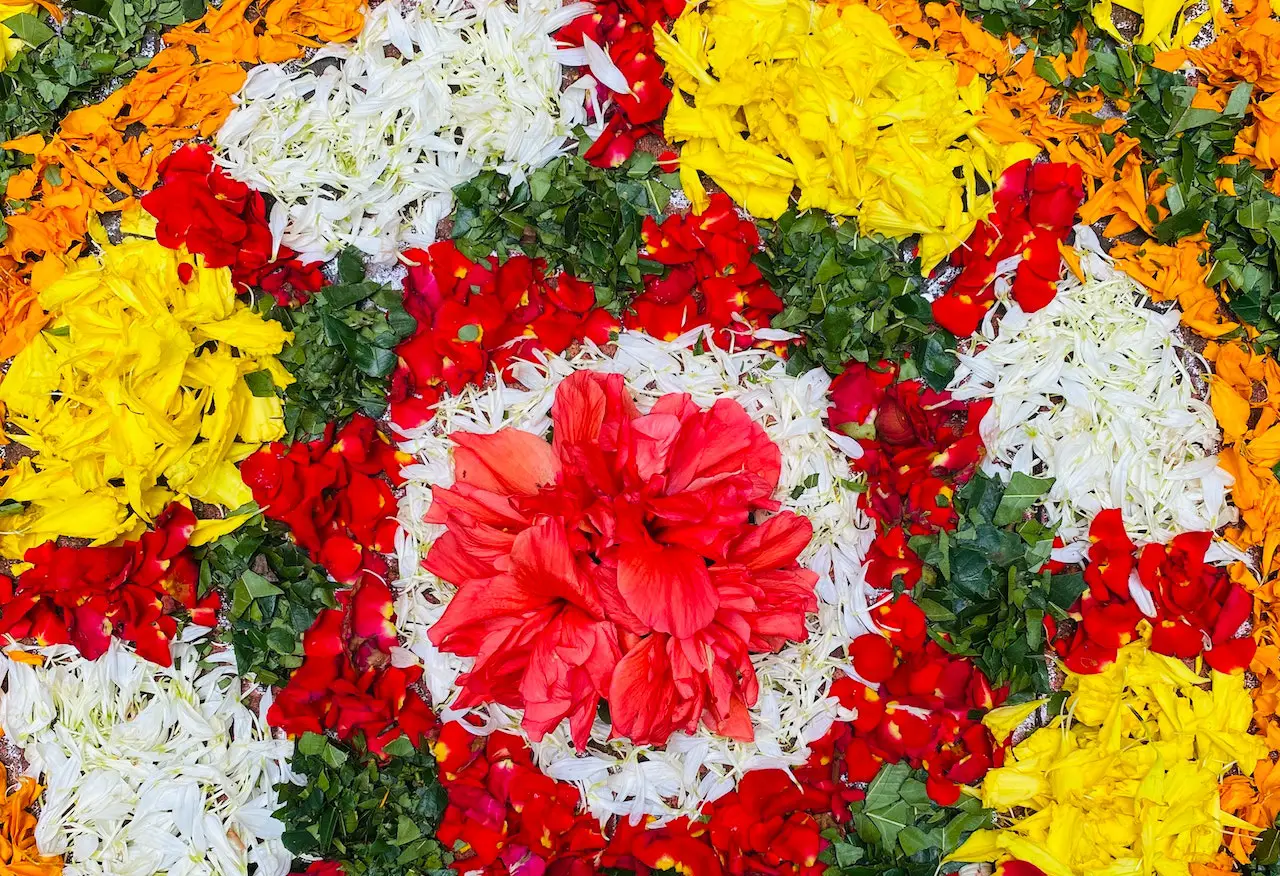- State: Kerala
- Total Area : 38,863 km²

Kerala Is a state located in the southwestern region of India, bordered by the Arabian Sea to the west, Karnataka to the north and northeast, and Tamil Nadu to the east and southeast. The state covers an area of 38,863 square kilometers and has a population of over 33 million people, making it one of the most densely populated states in India.
Geographically, Kerala is divided into three distinct regions: the highlands, which include the Western Ghats mountain range, the midlands, which consist of undulating hills and valleys, and the coastal region, which comprises a narrow strip of land along the Arabian Sea. The state is known for its natural beauty, with lush forests, serene backwaters, and golden beaches.
Kerala experiences a tropical climate, with heavy monsoon rains from June to September, followed by a mild, dry winter from October to February. Summers, from March to May, are hot and humid.
The culture of Kerala is a unique blend of Dravidian and Aryan influences, with a rich heritage of art, music, dance, and literature. The state has a long history, with evidence of human habitation dating back to the Neolithic era. Kerala was ruled by various dynasties and empires, including the Cheras, the Cholas, and the British, before becoming a state of independent India in 1956

Politically, Kerala is known for its left-leaning ideology and has a history of strong labor movements and social reforms. The state has a high literacy rate and a strong tradition of public education, with a well-developed system of government and private schools, colleges, and universities. The state is also known for its healthcare system, with a network of hospitals, clinics, and medical colleges.
The people of Kerala are predominantly Hindu, but the state also has significant Muslim and Christian populations, and religious harmony is a hallmark of the state. The traditional occupations of Kerala include fishing, agriculture, and handicrafts, but the state has also seen significant growth in the IT, tourism, and healthcare industries in recent years.
Tourism is a major source of income for the state, with visitors attracted to the state’s natural beauty, cultural heritage, and cuisine. Some of the popular tourist destinations in Kerala include the backwaters of Alleppey and Kumarakom, the hill stations of Munnar and Wayanad, and the beaches of Kovalam and Varkala. The state is also known for its hospitality, with the people of Kerala being friendly and welcoming to visitors.

The main source of income for the people of Kerala is tourism, followed by agriculture and remittances from abroad. The state is also known for its traditional art forms, including Kathakali, Mohiniyattam, and Kalaripayattu.
In recent years, the state has seen significant development activities, with a focus on infrastructure, healthcare, and tourism. The government has launched several initiatives to promote entrepreneurship, innovation, and social welfare, with a goal of creating a more prosperous and equitable society. Overall, Kerala is a vibrant state with a rich cultural heritage, a strong tradition of social reform, and a commitment to development and progress.
In terms of education, Kerala has a strong public education system, with a high literacy rate of 96.2%, the highest among Indian states. The state has a network of government schools and colleges, as well as private schools and colleges. The curriculum includes a mix of traditional subjects like mathematics and science, as well as courses in the arts and humanities.
The healthcare system in Kerala is well-developed, with a network of hospitals and clinics providing both public and private healthcare services. The state government has launched several initiatives to improve healthcare infrastructure and services, with a focus on providing access to affordable and quality healthcare to all citizens.
Kerala has a high life expectancy rate, with an average lifespan of 75 years. The state has made significant progress in reducing infant mortality rates and improving maternal health, with the introduction of various health programs and initiatives.
Kerala is bordered by the states of Tamil Nadu and Karnataka to the east and north, respectively. The state has a long coastline along the Arabian Sea, with several important ports and harbours. The coastal region is known for its beaches, fishing villages, and seafood cuisine.
The people of Kerala are known for their warm hospitality, with visitors often commenting on the friendly and welcoming nature of the locals. Tourism is a major source of income for the state, with the industry providing employment to thousands of people in the state.
Kerala has a well-developed infrastructure, with a network of roads, railways, and airports connecting the state to other parts of India and the world. The state has several airports, including the Cochin International Airport, which is the busiest airport in Kerala.
The main source of income for the people of Kerala is agriculture, followed by tourism and remittances from abroad. The state is known for its traditional agricultural practices, with rice, coconut, and spices being major crops. The state has also seen significant growth in the IT and healthcare industries in recent years.
Kerala is known for its rich cultural heritage, with a strong tradition of music, dance, and theatre. Some of the popular art forms in Kerala include Kathakali, Mohiniyattam, and Theyyam. The state has several museums and art galleries showcasing the rich cultural history of the region. The sex ratio in Kerala is relatively high, with 1084 females per 1000 males. This is higher than the national average sex ratio of India, which is 940 females per 1000 males. The state has made significant progress in improving the status of women, with initiatives aimed at improving access to education, healthcare, and employment opportunities. Women’s empowerment is a key focus area in the state, and there are several programs and policies aimed at promoting gender equality and women’s rights.
A brief Kerala history
Kerala is a state located in the southwestern region of India. The history of Kerala dates back to the Neolithic era, as evidenced by the ancient Megalithic structures found in the state. The region has a long and diverse history, shaped by the influences of various dynasties and cultures.
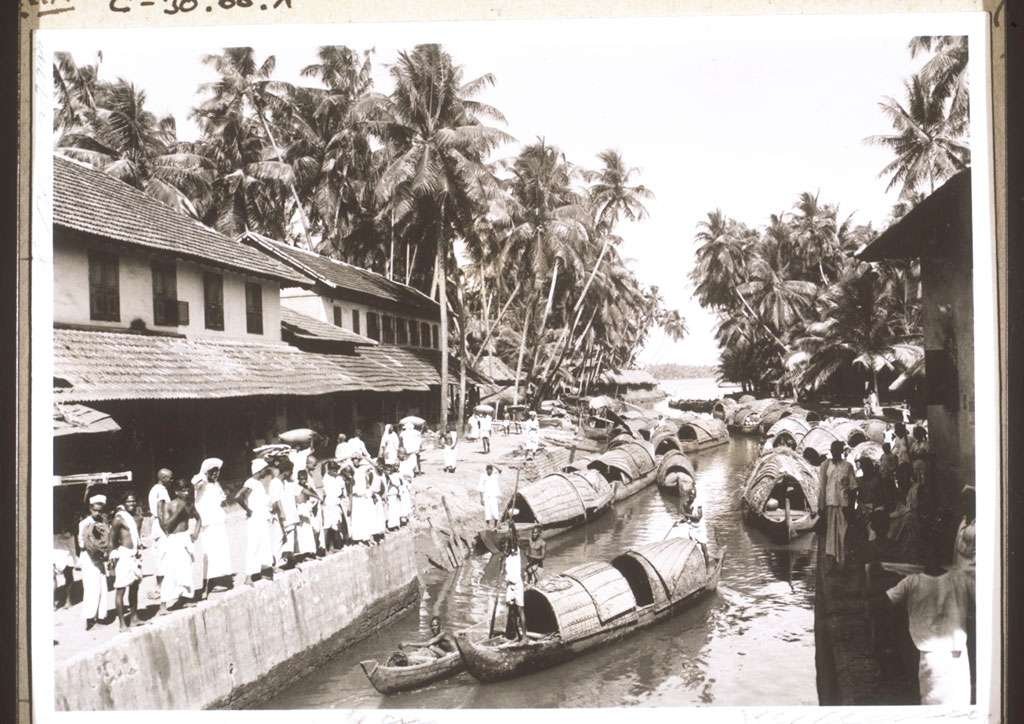
Over the centuries, Kerala was ruled by various dynasties, including the Chera, Chola, and Pandya kingdoms. In the 15th century, the Portuguese arrived in Kerala, followed by the Dutch, the French, and the British, who established trading outposts in the region.
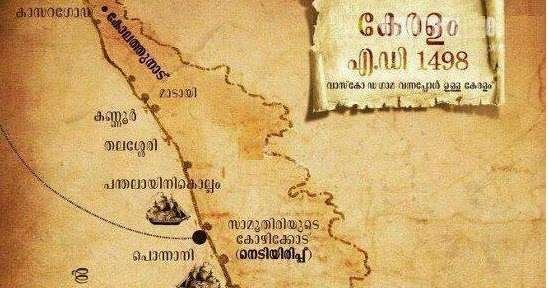
In the late 19th and early 20th centuries, Kerala played a prominent role in India’s struggle for independence from British colonial rule. The state saw several movements and protests led by prominent figures such as Mahatma Gandhi, who visited Kerala multiple times.
After India gained independence in 1947, Kerala became a state in 1956, with Trivandrum (now Thiruvananthapuram) as its capital. Since then, the state has made significant strides in various fields, including education, healthcare, and tourism.
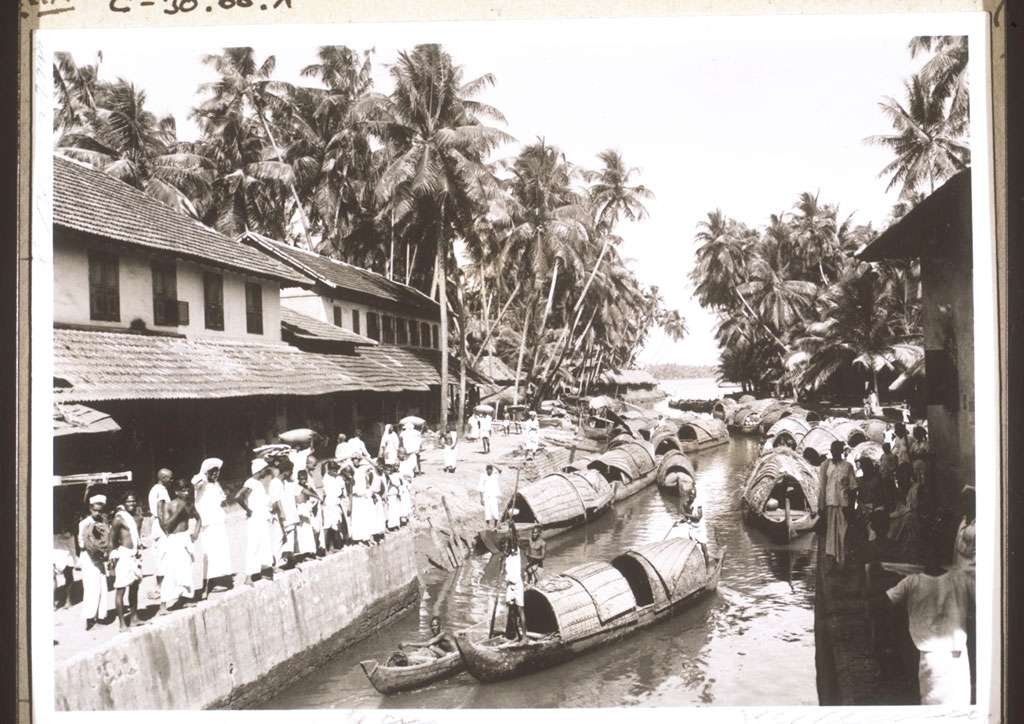
Today, Kerala is known for its rich cultural heritage, stunning natural beauty, and progressive social policies. The state has a unique blend of traditional and modern values and has become a model for sustainable development and inclusive growth.
Cultural integrity of Kerala
Kerala, located in the southwestern part of India, is known for its cultural diversity and unique traditions. Despite being a small state, Kerala has a rich history and cultural heritage that has been shaped by a range of influences over the centuries, including the ancient Dravidian culture, Buddhism, Jainism, Islam, and Christianity.

The people of Kerala are proud of their cultural identity and have worked hard to preserve their traditions over the years. One of the most important aspects of Kerala’s culture is its folk art forms, which include Theyyam, Kathakali, Mohiniyattam, and Kalaripayattu, to name a few. These art forms have been passed down from generation to generation and are still performed today.
Kerala’s cuisine is another important aspect of its culture. The state’s cuisine is known for its use of fresh ingredients, spices, and coconut. Traditional Kerala dishes like Appam, Puttu, and Fish Curry are famous throughout India and beyond.
Kerala also has a rich literary tradition, with works dating back to the 6th century. The state’s literature is known for its realism and social consciousness, with many writers addressing issues such as caste discrimination, poverty, and social injustice.
In addition to its art, cuisine, and literature, Kerala is also known for its festivals, including Onam and Vishu. Onam is the most important festival in Kerala and celebrates the homecoming of the legendary King Mahabali. The festival is celebrated with great enthusiasm and includes a range of cultural events, including traditional dance performances, feasts, and boat races.
Vishu, on the other hand, marks the beginning of the Malayalam calendar and is celebrated with rituals and traditions that symbolize prosperity, good luck, and happiness.
The tropical climate and lush rainforests of Kerala.
Kerala is known for its tropical climate and lush rainforests, which are an important part of the state’s natural heritage. The state is situated on the southwestern coast of India, and its proximity to the equator gives it a warm and humid climate throughout the year.

The monsoon season is a significant aspect of Kerala’s climate, with heavy rainfall occurring from June to September. The state receives an average of 3000–3500 mm of rainfall annually, which helps to maintain its verdant green landscape.
Kerala is home to several rainforests, including the Western Ghats, which are recognized as a UNESCO World Heritage Site. These forests are known for their rich biodiversity, with a variety of plant and animal species, including several endangered species.

The rainforests of Kerala are also home to several indigenous communities, who have traditionally lived in harmony with nature. These communities have their unique cultures and traditions, which are closely tied to the forests and the natural environment. Kerala’s rainforests also play a crucial role in regulating the state’s climate and water resources. They help to maintain soil fertility, prevent soil erosion, and provide a source of freshwater for rivers and lakes.
In recent years, there has been a growing awareness of the importance of protecting Kerala’s rainforests and natural heritage. The state government has implemented several initiatives to conserve the forests and promote sustainable tourism, while also supporting the livelihoods of indigenous communities.
Tourism in Kerala
Kerala, also known as “God’s Own Country,” is one of the most popular tourist destinations in India. Located on the southwestern coast of India, Kerala is known for its beautiful beaches, tranquil backwaters, lush green hills, and rich cultural heritage.
One of the major attractions of Kerala is its backwaters, a network of canals, lagoons, and lakes that run parallel to the Arabian Sea. The backwaters are a popular destination for tourists, who can enjoy a leisurely ride on traditional houseboats or visit the small villages that dot the waterways.
Kerala’s beaches are another major draw for tourists, with popular destinations including Kovalam, Varkala, and Marari. Visitors can enjoy swimming, sunbathing, and water sports, or simply relax on the sandy shores.
The hill stations of Kerala, such as Munnar and Wayanad, offer a respite from the tropical heat and are known for their picturesque landscapes, tea plantations, and wildlife sanctuaries.
Kerala is also known for its rich cultural heritage, with numerous festivals and events held throughout the year. Some of the popular festivals include Onam, Vishu, and Thrissur Pooram. The state is also known for its classical dance forms, such as Kathakali and Mohiniyattam, as well as its traditional music and art.
In addition to its natural beauty and cultural heritage, Kerala is also known for its wellness and Ayurvedic tourism. The state is home to numerous Ayurvedic resorts and spas, offering a range of treatments and massages.
Religious harmony of Kerala
Kerala is known for its religious harmony and peaceful coexistence of different religions. The state has a diverse religious population, including Hindus, Muslims, Christians, and Buddhists.
Hinduism is the major religion in Kerala, with the majority of the population following it. The state has several famous Hindu temples, including Sabarimala, Guruvayur, and Padmanabhaswamy Temple, which attract thousands of devotees every year.
Kerala also has a significant Muslim population, particularly in the northern parts of the state. The Cheraman Juma Masjid in Kodungallur is believed to be the first mosque in India and was built in the 7th century by Arab traders.
Christianity was introduced to Kerala by St. Thomas, one of the twelve apostles of Jesus Christ, who is believed to have visited the region in the 1st century. Today, Kerala has a large Christian population, with several churches and pilgrimage sites, including the St. Francis Church in Fort Kochi, which is the oldest European church in India.
Buddhism also has a small presence in Kerala, with the International Buddhist Center in Thrissur being a popular destination for Buddhist pilgrims.
Despite the differences in religion, the people of Kerala have a long history of peaceful coexistence and mutual respect for each other’s faiths. This can be seen in the celebrations of various religious festivals, where people of different religions come together to participate and offer prayers.
Kerala’s government also promotes religious harmony through various initiatives and schemes. For instance, the state government provides financial assistance for the renovation of religious places, irrespective of the religion they belong to.
Elephants
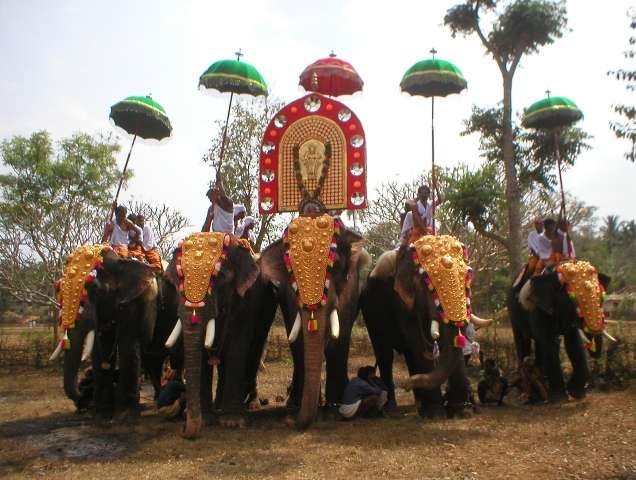
Elephants have played a significant role in the social and cultural life of Kerala for centuries. In Kerala, elephants are considered sacred animals and are an integral part of many religious festivals and cultural events.
During festivals, elephants are decorated with colorful ornaments and adorned with garlands of flowers. They are also an important part of temple processions and cultural parades. Elephants are also used in the famous ritualistic elephant procession known as Thechikottukavu Perunnal, which is a grand annual festival held at the Thechikottukavu temple in Thrissur, Kerala. This festival is famous for its grand procession of decorated elephants, which are an important part of the festival’s religious and cultural significance. The procession features beautifully decorated elephants carrying the deities of various temples, accompanied by traditional music and drumming, and attracts thousands of devotees and tourists every year.’ in Thrissur district of Kerala, where thousands of devotees flock to watch the procession. Elephants are also used in the famous traditional martial art form of Kerala, Kalarippayattu, where they are trained to perform complex movements alongside the human performers.

Kerala is also home to several elephant sanctuaries and rehabilitation centers, including the famous Guruvayur temple elephant sanctuary, where hundreds of elephants are housed and cared for. One of the most popular elephant festivals in Kerala is the Thrissur Pooram, which takes place annually in the city of Thrissur. The festival features a grand parade of decorated elephants, accompanied by traditional music and drumming. The festival is a vibrant display of Kerala’s rich cultural heritage and attracts thousands of visitors from around the world.
Another famous elephant festival is the Arattupuzha Pooram, which takes place annually in the town of Arattupuzha. The festival features a grand procession of elephants, each carrying a deity from a nearby temple. The festival is a unique opportunity to witness Kerala’s rich religious and cultural traditions.
In conclusion, elephants have a significant role in the social and cultural life of Kerala. They are considered sacred animals and are an integral part of many religious festivals and cultural events. The elephant festivals in Kerala are a unique opportunity to witness the state’s rich cultural heritage and attract thousands of visitors from around the world
Toddy

Toddy is a locally brewed alcoholic drink that is a popular beverage in Kerala. It is made from the sap of coconut trees or palms, and is also known as palm wine. Toddy has been a part of Kerala’s culture and cuisine for centuries, and is enjoyed by locals and tourists alike.
Here are some things you should know about Toddy:
Production Process: Toddy is produced by tapping the sap of coconut trees or palms, and collecting it in a pot. The sap is then left to ferment for a few hours, which results in the production of toddy.
Flavor and Taste: Toddy has a mildly sweet flavor and is usually consumed fresh, as it ferments quickly and turns sour within a few hours. The drink has a low alcohol content, which ranges between 4% to 6%.
Health Benefits: Toddy is said to have some health benefits, as it contains vitamins and minerals like potassium and magnesium. It is also believed to have digestive properties and is known to aid in the digestion of food.
Availability: Toddy is widely available in local shops and roadside stalls across Kerala. It is often consumed along with traditional Kerala dishes like Appam and Fish Curry.
Cultural Significance: Toddy has a significant place in Kerala’s culture and traditions, and is often consumed during social gatherings and festivals. In some areas, Toddy shops also function as community centers where people come together to socialize and discuss local issues.

In conclusion, Toddy is an integral part of Kerala’s cuisine and culture. While it may not be for everyone, trying a glass of fresh Toddy can be a unique and authentic experience when visiting Kerala. However, it is important to consume alcohol in moderation and to be aware of the risks involved.
Kochi-Muziris Biennale
The Kochi-Muziris Biennale is a contemporary art exhibition that takes place in the city of Kochi, Kerala, India. It was first held in 2012 and has since become one of the most prestigious art events in South Asia. The biennale is named after the historic port town of Muziris, which was an important centre of trade and culture in ancient India. The event is organised by the Kochi Biennale Foundation, a non-profit organisation that aims to promote contemporary art and cultural exchange. The biennale takes place across various venues in Kochi, including historic buildings, public spaces, and galleries. The event showcases a diverse range of contemporary art forms, including paintings, sculptures, installations, videos, and performances, by artists from around the world.

Each edition of the biennale has a theme that reflects current social, cultural, and political issues. The 2019 edition, for example, was themed “Possibilities for a Non-Alienated Life” and explored issues of migration, identity, and displacement.
The Kochi-Muziris Biennale has been praised for its unique approach to showcasing contemporary art, which incorporates local traditions and culture into the works on display. The event has also had a significant impact on the cultural and economic development of Kochi, attracting visitors from around the world and boosting tourism in the region. The biennale has also had a positive impact on the local community, with initiatives such as art workshops, artist residencies, and outreach programs that engage with schools, colleges, and community groups. Overall, the Kochi-Muziris Biennale is a celebration of contemporary art and culture, and a platform for artists and audiences to engage with diverse perspectives and ideas. The event continues to grow in popularity and significance, cementing Kochi’s position as a hub of creativity and innovation in South Asia.
Kathakali
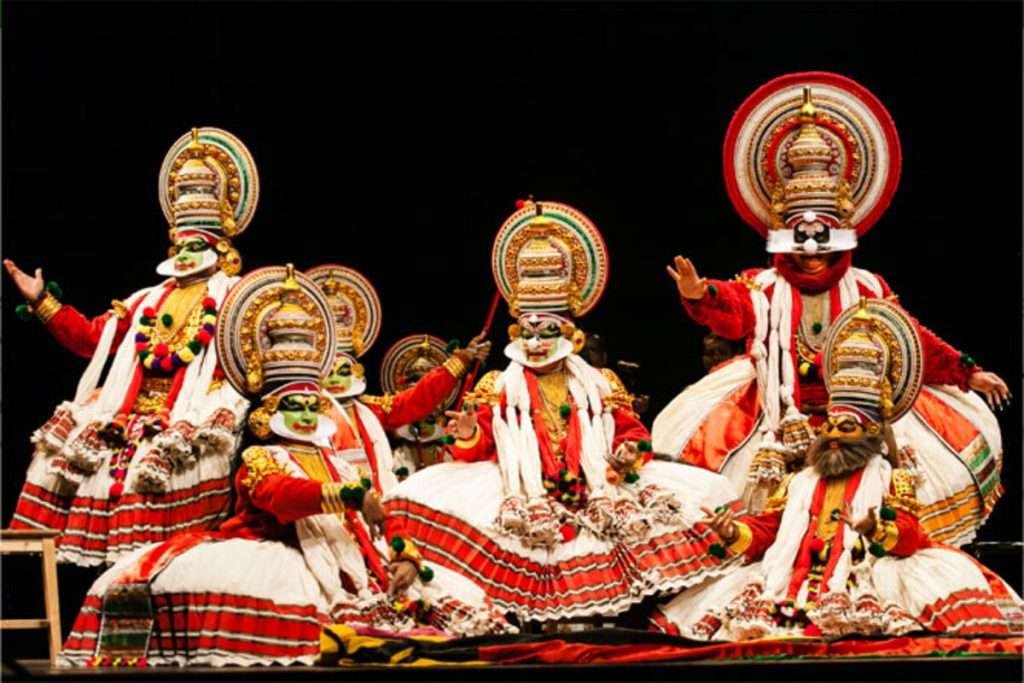
Kathakali is a classical dance form that originated in the state of Kerala, in the southern part of India. It is a highly stylized dance-drama that involves intricate footwork, hand gestures, facial expressions, and costumes. The word “Kathakali” is derived from the Malayalam words “Katha” meaning story and “Kali” meaning performance. Kathakali is known for its elaborate costumes, which include brightly coloured skirts, headdresses, and intricate makeup that transforms the performers into gods, goddesses, demons, and other mythological characters. The costumes and makeup are designed to convey the character’s nature and personality, and the performers spend hours preparing for each performance. Kathakali performances usually begin with an invocation to the gods and a brief introduction of the characters.
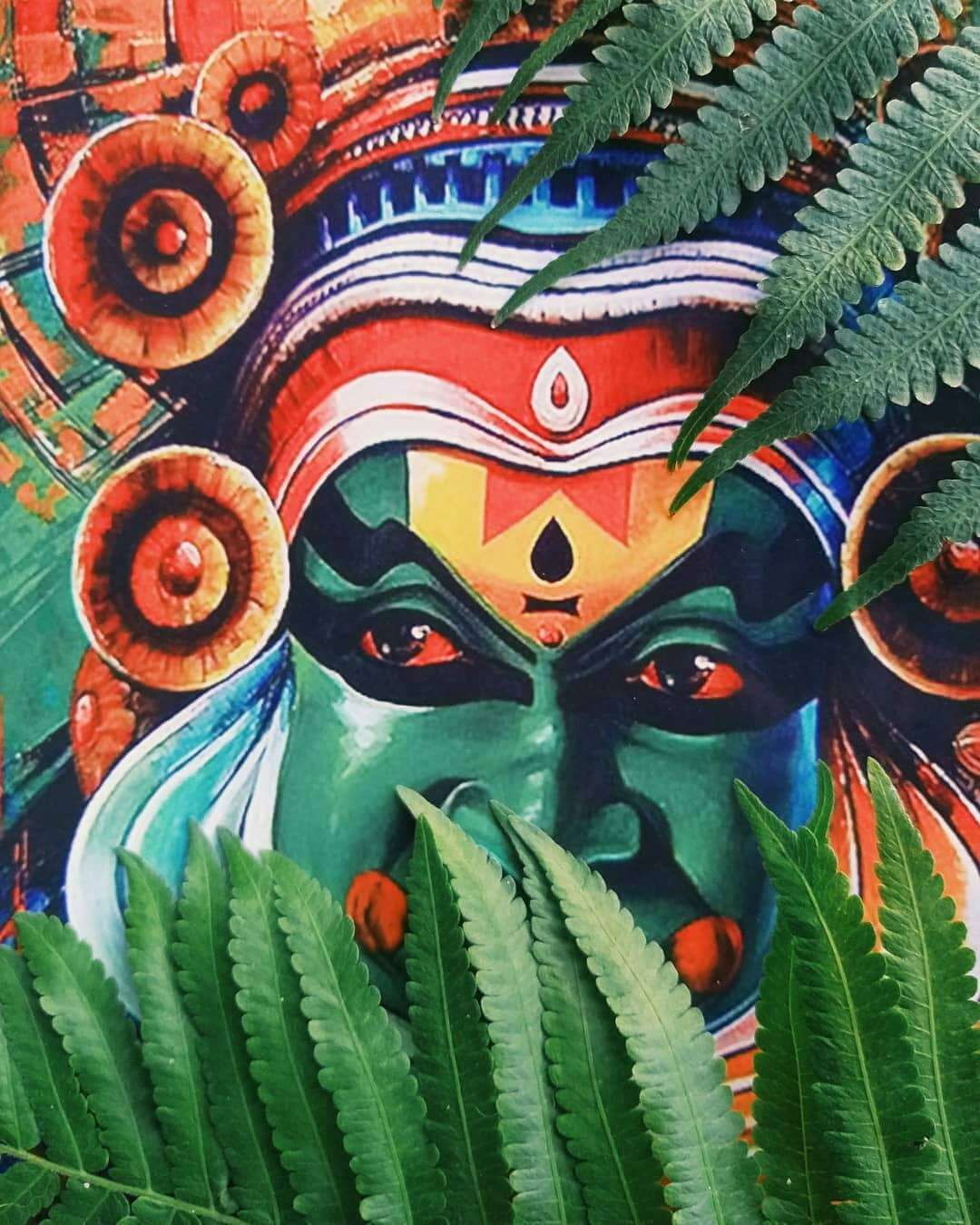
The main part of the performance is the enactment of a story or a scene from an epic, usually from the Ramayana, the Mahabharata, or the Puranas. The dancers use intricate hand gestures, called mudras, and facial expressions, called abhinaya, to convey the emotions and actions of the characters. The music for Kathakali is usually provided by a live orchestra, consisting of singers, drummers, and other musicians. The music is an important aspect of the performance and helps to set the mood and pace of the dance. Kathakali is a highly expressive and emotive dance form, and the performers undergo rigorous training for years to perfect their technique and expression. The dance form has gained popularity not only in India but also internationally, with Kathakali performances being held in various countries around the world.
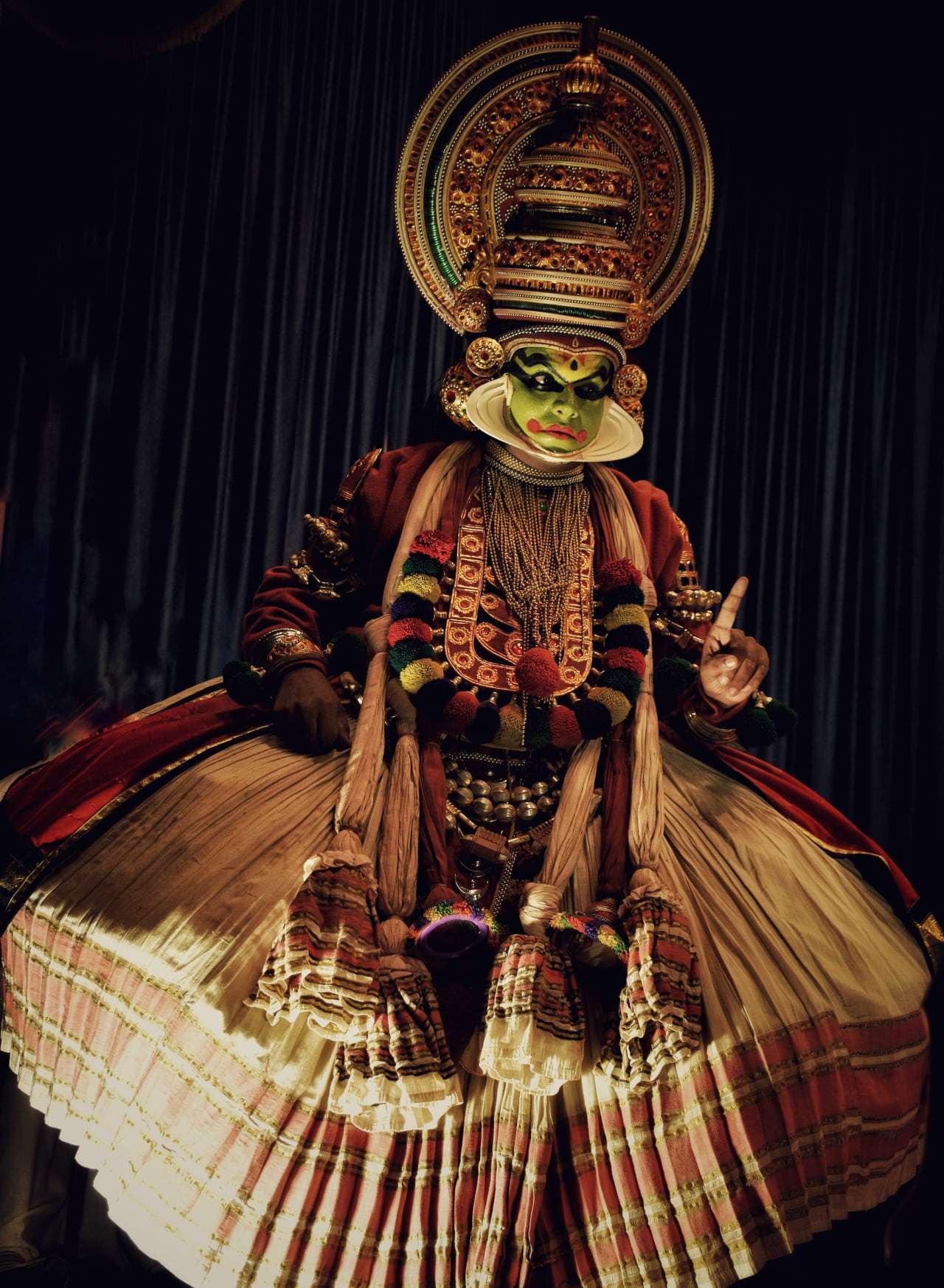
Overall, Kathakali is a fascinating and visually stunning dance form that has played an important role in the cultural heritage of Kerala and India. It continues to inspire and captivate audiences around the world with its unique blend of storytelling, music, and dance.
Onam and Vishu the festivals of Kerala
Onam and Vishu are two of the most important festivals celebrated in the Indian state of Kerala. Onam is a harvest festival that marks the return of the legendary king Mahabali to his kingdom in Kerala. According to the legend, Mahabali was a just and virtuous king who was banished to the underworld by the god Vishnu. However, once a year, on the occasion of Onam, he is allowed to return to Kerala to be with his people. The festival is celebrated for 10 days, with each day having its own significance and rituals. People decorate their houses with intricate floral arrangements called Pookalam, and prepare elaborate feasts known as Onam Sadhya. The traditional attire for Onam is a white and gold saree or mundu (dhoti) with a golden border.
Vishu, on the other hand, is celebrated as the New Year’s Day in the Malayalam calendar. It is believed that the first thing a person sees on the day of Vishu sets the tone for the rest of the year, and hence, people decorate their houses with a special arrangement called Vishukkani, which includes a mirror, golden lemon, coconut, betel leaves, and yellow flowers.
People also burst firecrackers, wear new clothes, and prepare a special feast called Vishu Sadhya. The traditional attire for Vishu is a kasavu saree or mundu with a golden border.
Both Onam and Vishu are occasions for families and friends to come together, exchange gifts, and enjoy traditional cultural performances such as Thiruvathira Kali and Pulikali. These festivals are an integral part of the cultural heritage of Kerala and showcase the rich traditions and customs of the state.

